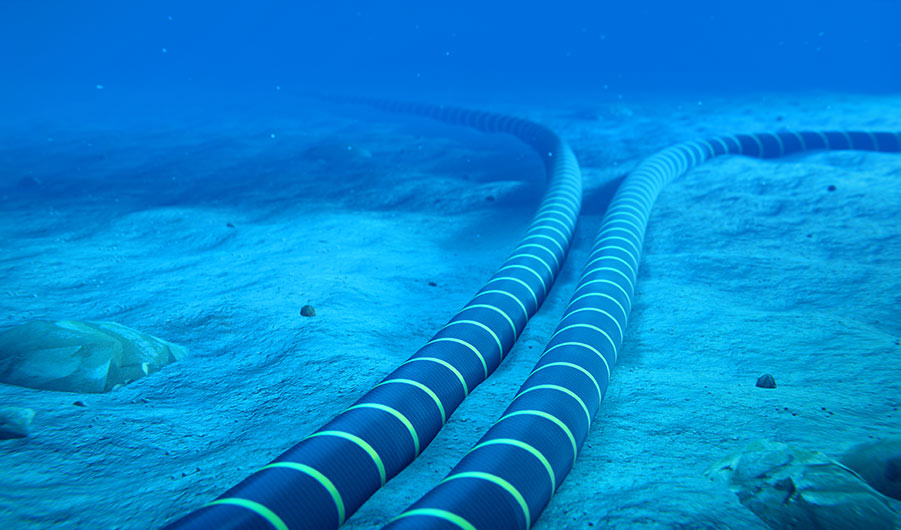Google’s Undersea Cables Pick Up Earthquake Signals

Vismar UK via Shutterstock
(Inside Science) -- Google’s 6200-mile-long fiber optic cable connects Los Angeles and Chile on the world wide web by sending pulses of light through a garden-hose-sized tube covered in metal and protective insulation. Now, researchers are finding ways to use that cable for a new purpose: sensing earthquakes and potentially giving an early warning of seismic waves.
Zhongwen Zhan, a geophysicst at Caltech, said his group has been focused for the past few years on using unused strands of fiber optic cable running under the city of Pasadena, where Caltech is located, to do seismic testing. "Then I was thinking: This would be even better if you could do it in the ocean," said Zhan, who authored research published today in the journal Science.
Zhan and his colleagues figured out that they could use the existing optical telecommunications equipment as sensors -- no extra instruments or cable needed. To do so, they monitored something called the state of polarization -- the orientation of the light as it moves in waves. Under the ocean, it’s easy to spot disruptions to the light pulses because the seafloor environment is so geologically quiet compared to land. The researchers were able to record 30 ocean swell events and 20 earthquakes over a nine-month period in late 2019 and 2020. “The seismic waves shake the cable, bending, twisting, extending it,” said Zhan, which deforms the fiber inside the cable: all signs that a seismic event has happened.
Right now, it’s not possible to pinpoint exactly where along the cable it happened. But in the future, Zhan said multiple cables could be used as sensors, which would allow people to triangulate and pinpoint the location of the shaking. When new cable is being laid, there are also ways to do it that would make this kind of sensing easier.
Cables could provide a window into the world beneath the waves -- 70% of Earth’s surface is water, yet most geophysical instruments are on land. Using existing cables as undersea observatories could improve our understanding of ocean processes, Zhan said. In addition, the cables have the potential to provide better earthquake and tsunami early warning: "You want to detect and figure out what is happening before the waves hit people, and if you have sensors only on land you are missing a big part of their coverage," said Zhan. "There is really a lot of opportunity here."
